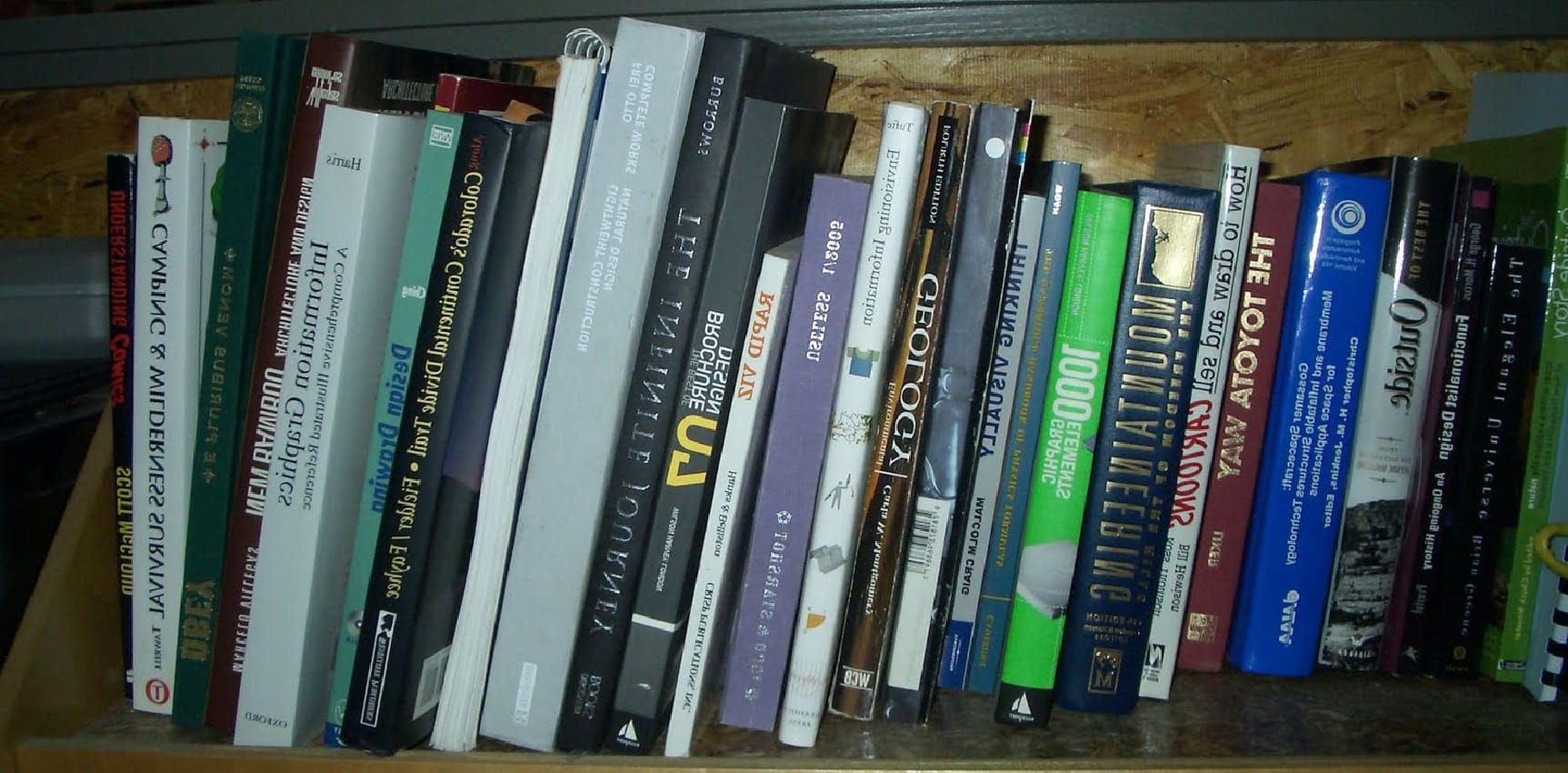
Envisioning Information essay
A huge variety of human activities causes a presence of diverse range of techniques that can be classified into a variety of reasons (criteria). Nowadays it becomes apparent that a system of methods (methodology) can not be limited to the sphere of scientific knowledge; moreover, it should go beyond its limits and explicitly include the scope of practice in its observation. It should be borne in mind the close interaction between these two spheres. Thus, in this paper it is necessary to discuss the book “Envisioning Information” by Edward Tufte and discuss how it pertains to research methods.
First of all it is necessary to mention that the book “Envisioning Information” focuses on how to go beyond the 2-dimensional space and consists not only of many theoretical descriptions, but also presents various examples of different maps and stereo photographs, scientific presentations and diagrams, computer interfaces and charts, etc. The book shows its readers how to become more effective in own explanations with the use of different visual means and how to use extraordinary examples in own practice. Thus, we can say that this book can be considered the bridge between multidimensional real world, and flat, static paper that allows attentive reader to change his/her attitude to surrounding reality and material world.
Many people say that a picture is worth than thousand words, and this is true, but on condition that a picture is really good. Paraphrasing previous words Tufte (1990) said that “Make the ideas you are trying to convey worthy of the eye to behold.” Tufte tries to prove its readers that the most important task of envisioning information is to escape from the flatland, because everything that can be found in the sphere of our interests is real and, thus, it is never flat, also it has its size, form, structure and specific peculiarities.
It seems that the first point that Tufte shows in his book can be called ‘the improvement of understanding’. Thinking about different research methods we can say that exactly visualization helps to make information more understandable and it allows users or researchers to present previously analyzed data in an intuitive, understandable way. In this case, the user can actually understand what is happening ‘inside’ presented model. Thus, we can ensure personal deep involvement into research process and the great interest to the observed question. Moreover, different visual models, either tables or stereo photographs, provide the user with an opportunity to discuss its logic with colleagues, customers and other users, or explain it in own way. Understanding of the presented model leads to an understanding of its content. Afterwards, a result of increased understanding may increase the level of the credibility to the model.
The next point we can call ‘the growth of level of user’s interaction with the visualization’. More recently, different types of visualization looked like static diagram that were intended for viewing only. Nowadays, it is widely used dynamic diagrams that have a potential of user interface in itself, where each customer (user or researcher) can directly and interactively manipulate the visualization, choosing a new form of presentation of information, making it more interesting, bright, symbolic or meaningful. For instance, exactly complex interaction allows the user to change the visualization for the purpose of to find alternative or new interpretations of data.
In a research process and at the stage of data interpreting visual query can be considered one of the most modern forms of a complex interaction between the user and data. However, the user can not only to see the extreme data in it, but also to choose different details and receive new visualizations that represent these points.
Thus, basing on the information discussed above we can say that Tufte’s book allows people to change their point of view on visual information and understand how to implement the combination of new and existed knowledge in practice. As it was previously said Tufte made its significant contribution to the development of research methods, because exactly charts and graphs are often used to assess the quality of work of one or other research method. It is possible to summarize that all these methods of visual presentation or data display can perform the following options:
- illustrate the model construction (e.g., structure (graph) of a neural network);
- help interpret the result;
- are necessary means of assessing the quality of the constructed model;
- combine the above-listed functions.
In conclusion, observing the book “Envisioning Information” we can mention that its author changes existed opinion about information and makes bright and interesting not only its presentation, but also makes easy and extraordinary the process of work with it. In addition, it becomes understandable that visual information processing is a set of technologies based on: grouping and generalization of the original data in comparison to its characteristics in graphical images. It is necessary to remember that envisioning information and visual processing use the concept of object-oriented approach; and thinking about the way how to implement them in practice in the area of research methods development it is possible to state that the use of envisioning information is an effective method of the use of intellectual capacity, information flows, telecommunications, multimedia and other information technologies in the management and decision support. Specialists in various areas are beginning to realize the importance of this component in the management system and, as a consequence of this, the greater attention is paid to novelties in this sphere, which allows to be more effective in all spheres of life, nowadays.

